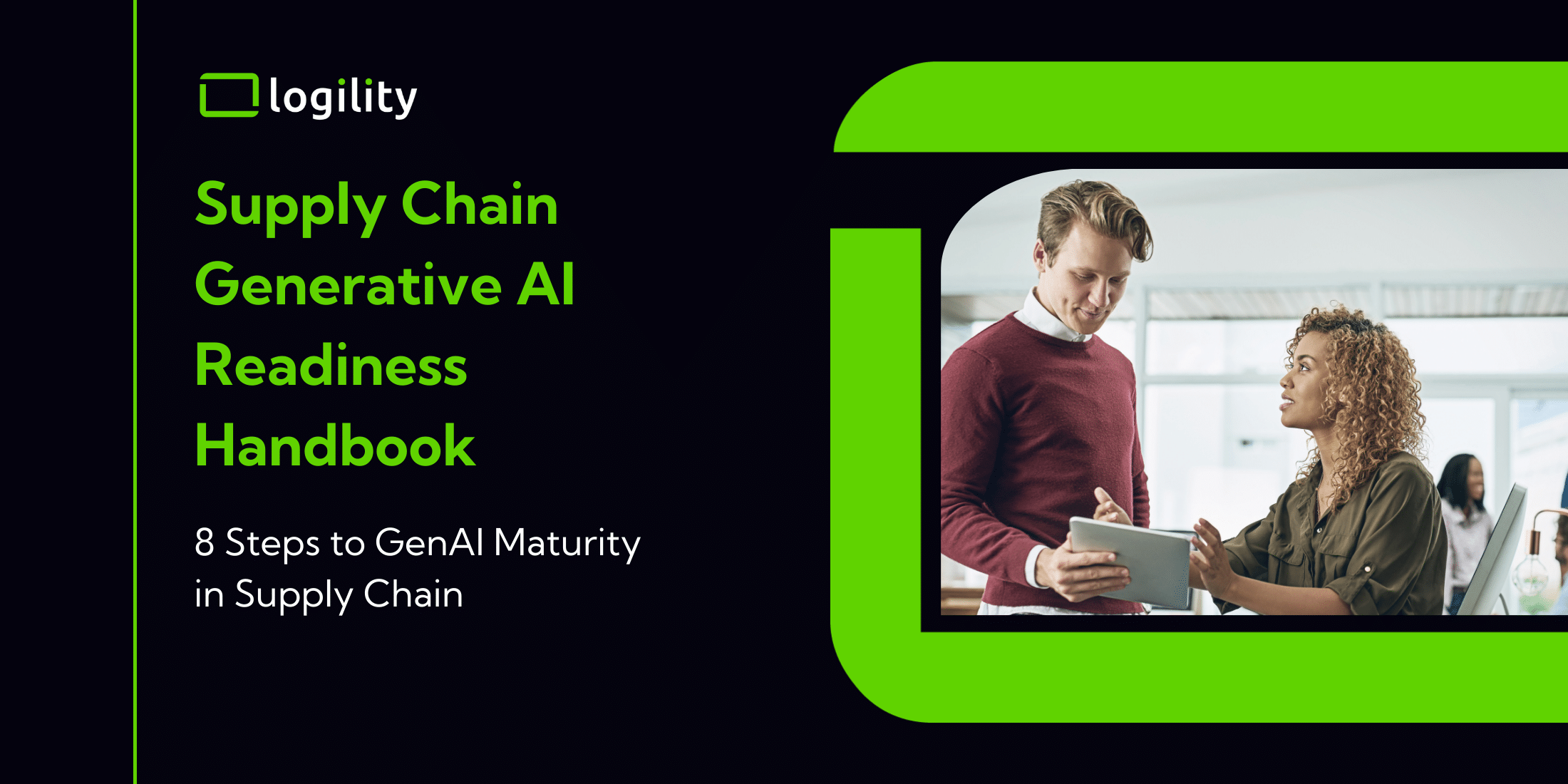Supply chains are no longer just a business’s logistical backbone—they’re the frontline where competitive advantage is won or lost. Companies that fail to evolve will continue to fall further behind, while those embracing AI-driven solutions, resilience, and sustainability will truly redefine the future.
“Good enough” just won’t cut it anymore no matter the size of your business, as Markus Malinen, EMEA Vice President at Logility, puts it. “The days of relying on a rearview mirror to plan for the future are over,” he warns. “Companies that can detect demand drivers and plan for future scenarios will set themselves apart in this era of constant change.”
Malinen isn’t alone in this line of thinking. A community of industry and technology experts at Logility all see the signs: the rules of the supply chain game are changing. Here’s what you need to know to turn your 2025 challenges into your best competitive advantages.
1. AI Fuels New Levels of Optimization
AI is reshaping supply chains, improving visibility, aligning demand with supply, and optimizing master data. In 2025, AI will further streamline end-to-end planning and enhance efficiency.
Joe Slater, Business Consultant at Logility, explains, “The best supply chains already use AI for demand forecasting, but the real opportunity lies in harnessing it to drive better supply plans and match demand and supply more effectively.”
As adoption accelerates, businesses that integrate AI are not just making faster decisions—they are gaining a significant competitive edge. Supply chain managers can identify patterns and trends, leading to more accurate demand forecasts and optimized inventory levels. The potential of this advantage will only continue to increase, and the time to integrate AI is now.
Client Executive Richard Sandell at Logility warns “Many planners still see AI as “scary” as they hold concern for a computer (back box AI) doing detailed calculations. Organizations will need to transition to trust, adoption, and acceptance of AI results to take advantage of the reality –machines can process and validate much more data than the human brain.”
2. Predictive Planning Replaces Historical Reliance
In today’s volatile environment, predictive strategies are essential for anticipating events and preparing for future scenarios.
“Planning with a rearview mirror is obsolete,” Malinen underscores. “Companies that adopt predictive planning based on future assumptions will gain the ability to act, not react.” This forward-thinking approach empowers organizations to move from reactive processes to proactive strategies.
Anupam Aishwarya, SVP of Business Consulting at Logility explains that supply chain organizations will need to seek out key solution capabilities that allow them to handle the unknowns. “Managing hard to forecast business scenarios will require visibility to external information translated into business drivers, insights into end-to-end impacts, assumptions and capabilities that align to larger organizational goals, and the ability to learn from what is or is not working to quickly make tactical plan changes.

Supply Chain Generative AI Readiness Handbook
Explore these 8 Steps to GenAI Maturity
Download
3. Generative AI Unlocks Smarter Decisions
Generative AI is quickly moving from pilot projects to practical applications, helping businesses unlock efficiencies and enhance decision-making. Even in smaller, domain-specific models, this technology delivers higher accuracy and actionable insights for complex supply chain challenges.
“Generative AI built on smaller, domain-specific approaches offers unparalleled reliability,” states Jim Brown, SVP of Business Consulting at Logility. “This is where supply chains will see breakthroughs in optimization.” These tools help connect real-world events to supply chain impacts, enabling faster and smarter decisions.
“With the deployment of GenAI and narrow AI, the dimension of insights, speed, and human cost to make a high-quality decision will be the new differentiators and will reset the competitive scales completely. – Piet Buyck, SVP Industry Principal
4. Resilience Drives Continuity and Growth
The unpredictability of modern supply chains has pushed companies to adopt a “just-in-case” planning approach instead of the outdated “just-in-time” model. This equips businesses to handle disruptions while maintaining operational continuity.
According to Mark D’Cruz, Director of Business Consulting at Logility, “Resilience isn’t just about weathering storms—it’s about thriving despite them. Companies must ensure the right inventory, at the right place, at the right time, and at the right cost.”
Resilience in this context means more than just surviving a crisis; it means adapting and continuing to operate effectively, even in the face of unexpected challenges. Agility, sustainability, and flexibility are critical to building supply chains that can withstand the unexpected.
5. Technology and Talent Come Together to Drive Future Success
The future of supply chains depends on the synergy of cutting-edge technology and skilled teams. In 2024 supply chain trends, we found that companies which quickly adopted cloud technology and used AI became leaders in innovation. Now, the next step is to train personnel to work with and train AI models.
Ron Boschert, SVP of Client Value Delivery and Consulting at Logility, believes, “Attracting talent depends on embracing new technologies—and this includes training people to train AI. This skill will be as important as traditional supply chain skills.
What It All Means for Your Business
2025 marks a transformative year for supply chains, where AI, predictive strategies, and resilience are essential to staying competitive. And as Logility’s experts emphasize, the question isn’t whether your supply chain can adapt—it’s whether you will choose to act now to take the lead.
Want to know more about trends in 2025? Check out what your peers had to say in a recent virtual summit. https://www.logility.com/blog/from-rising-costs-to-supply-chain-resilience-the-top-concerns-keeping-leaders-up-at-night/

It’s time to reimagine your supply chain
Let's Chat





















